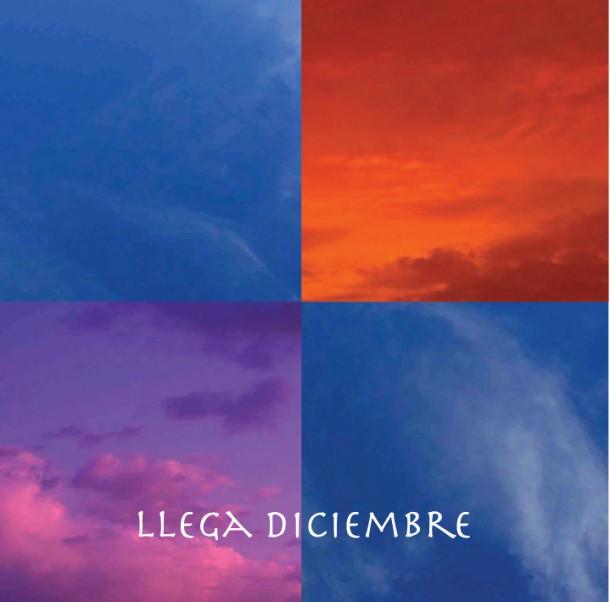Gloria in Excelsis Deo
Este tema fue inspirado en la interpretación de Nando Lauria y fue un gran reto para el Coro porque se decidió incluir en el disco cuando el Coro recién se había establecido con un poco más de disciplina y habíamos logrado desarrollar los temas más fáciles de cantar. De aquí en adelante todo sería un gran reto.
«Gloria in excelsis Deo» (Latin for «Glory to God in the highest») is a hymn known also as the Greater Doxology (as distinguished from the «Minor Doxology» or Gloria Patri) and the Angelic Hymn. The name is often abbreviated to Gloria in Excelsis or simply Gloria. The hymn begins with the words that the angels sang when the birth of Christ was announced to shepherds in Luke 2:14. Other verses were added very early, forming a doxology.
It is an example of the psalmi idiotici («private psalms», i.e. compositions by individuals in imitation of the biblical Psalter) that were popular in the 2nd and 3rd centuries. Other surviving examples of this lyric poetry are the Te Deum and the Phos Hilaron. In the 4th century it became part of morning prayers, and is still recited in the Byzantine RiteOrthros service.
The Latin translation is traditionally attributed to Saint Hilary of Poitiers (c. 300–368), who may have learned it while in the East (359–360); as such, it is part of a loose tradition of early Latin translations of the scripture known as the Vetus Latina.[3] The Vulgate Latin translation of the Bible was commissioned only in 382. The Latin hymn thus uses the word excelsis to translate the Greek word ὑψίστοις (the highest) in Luke 2:14, not the word altissimis, which Saint Jerome preferred for his translation.
Fuente: Wikipedia









